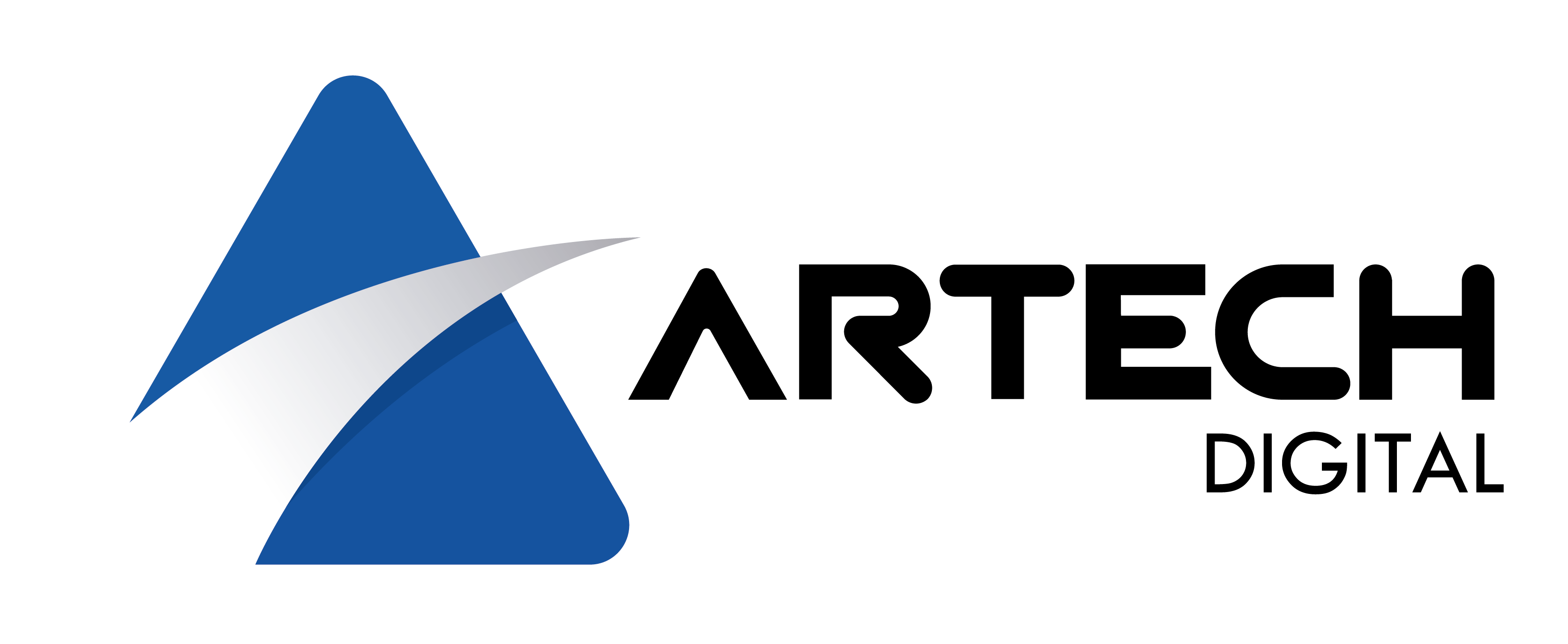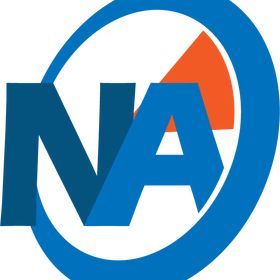The way a site and its pages are organized can impact SEO visibility more than you might think. Learn how to deal with common website structure issues.
Optimizing your website for traffic, revenue, and conversion is one of the most essential parts of SEO.
In 2021, success means going beyond having a clean and bright design that can sometimes be a hindrance in terms of how search engines view and crawl your website.
Conventional flat site structures are always popular.
But last year Google’s John Muller, in a Webmaster Hangout; hinted that a hierarchical site architecture might provide Google with better indicators about:
– What the pages of your site mean.
– How each page relates and connects.
With differences in design and principles of website structure, the opinions of a designer and a SEO professional can vary considerably.
Finding a balance between a visually aesthetic website for customers and an architectural structure; for visibility in search engines should be the ultimate goal.
In this article, there are some key points to consider about how website structure affects SEO.
1. Site traceability
The tracking ability of the site is one of the most important factors when it comes to the structure of the website.
Crawlability refers to the ability of a search engine to crawl all the text content on your website; to find out what it is.
Part of this process is navigating through particular subpages and topics to understand the website as a whole.
A web page has to take a visitor to another place within the website, from one page to another; to be considered searchable.
Search engine robots are responsible for tracking websites.
An important principle of good website crawlability is that there should be no dead ends while the website is being crawled.
2. Structure of the URL
One of the essential factors related to how the structure of the website affects SEO concerns the structure of the URL.
URLs are also the building blocks of an effective site hierarchy, passing equity through your domain and directing users to their desired destinations.
The best URL structures should be easy to read by a user and a search engine and contain target queries; so that they are rich in content.
Effective structures replicate the logic throughout your website and sending an XML site map to search engines with all the most important URLs you want to position yourself for also helps.
Try to keep URLs simple and don’t overcomplicate them with too many parameters.
3. HTTP, HTTPs, HTTP2
HTTPS ensures the security of your website, and as Google continues to be part of the user experience; having a secure site can also help improve your rankings.
That’s why over 50% of websites worldwide are already using HTTPS.
Switching to HTTPS has multiple benefits in addition to better rankings:
– Better user experience.
– Protection of your users’ information.
– AMP implementation – only viable with HTTPS.
– PPC campaign effectiveness.
– Improved data in Google Analytics.
From November 2020, Google will start crawling some sites through HTTP/2.
4. Internal links
The fundamentals of proper navigation dictate that users should move from one page to another without any difficulty.
If your website is large and has many pages, the challenge is to make these pages accessible with just a few clicks, using only navigation.
Usability experts suggest that it should only take three clicks to find a given page; but they use this advice as a guide rather than a rule.
Internal links help users and search engines discover a page, and much like building a message board, help provide a flow between content and pages.
Pages that are not linked are more difficult for search engines to track.
Sort and organize the links so that they don’t ruin the structure of your website.
Internal linking works by using keywords within your content and linking them to another relevant piece of content on your website.
The advantages of consciously using internal linking for SEO are numerous:
Internal linking allows search engines to find other pages through keyword rich anchors. Internal linking decreases the depth of the page.
Internal linking offers users an easier way to access other content, resulting in a better user experience.
Search engines place greater value on internal links in terms of ranking in search engine result pages (SERP).
5. Key content and keywords
Content and keyword research are fundamental parts of search engine optimization (SEO) and should be an essential part of how you build and structure your website from the beginning.
Making sure this is done ensures that your target audience’s understanding, search behavior, and competitive issues are built into the structure and design of your website.
The best websites ensure that they have provided a great user and search engine friendly experience; ensuring that the most crucial content of your website is fundamental to the structure and is of the highest quality.
Conclusion
For the best SEO results, make sure your website is structured in the most appropriate and hierarchical format for your users and your business.
Make sure it is designed to be searchable.
Engage with your website designers at the time of construction, not after.
Even in the initial stages of conceptualizing a website, it is essential to plan ahead for the content that will come.
It is not difficult to see how the structure of a website affects search engine optimization.
Be sure to align the architecture and design of your website so that your SEO efforts begin and end well.
This post is also available in:
 Español (Spanish)
Español (Spanish)















